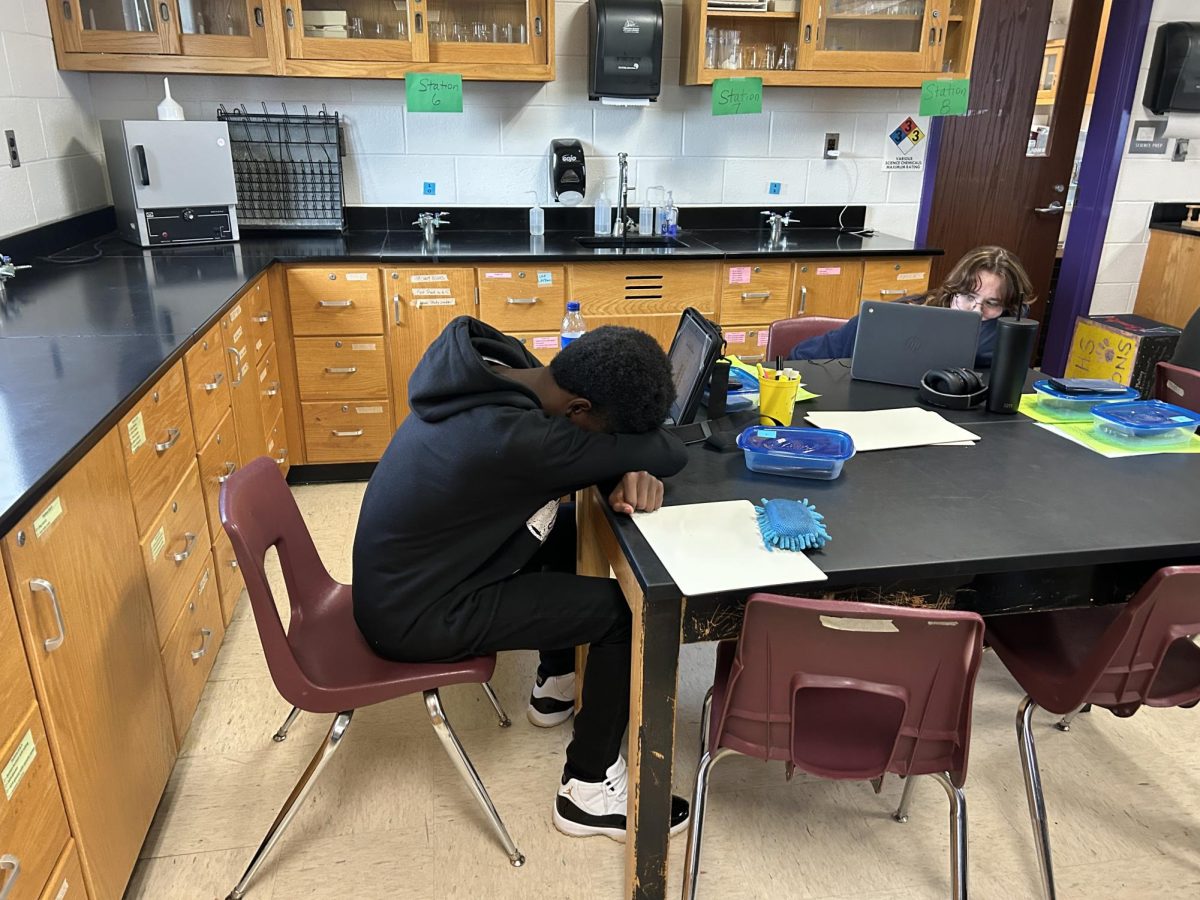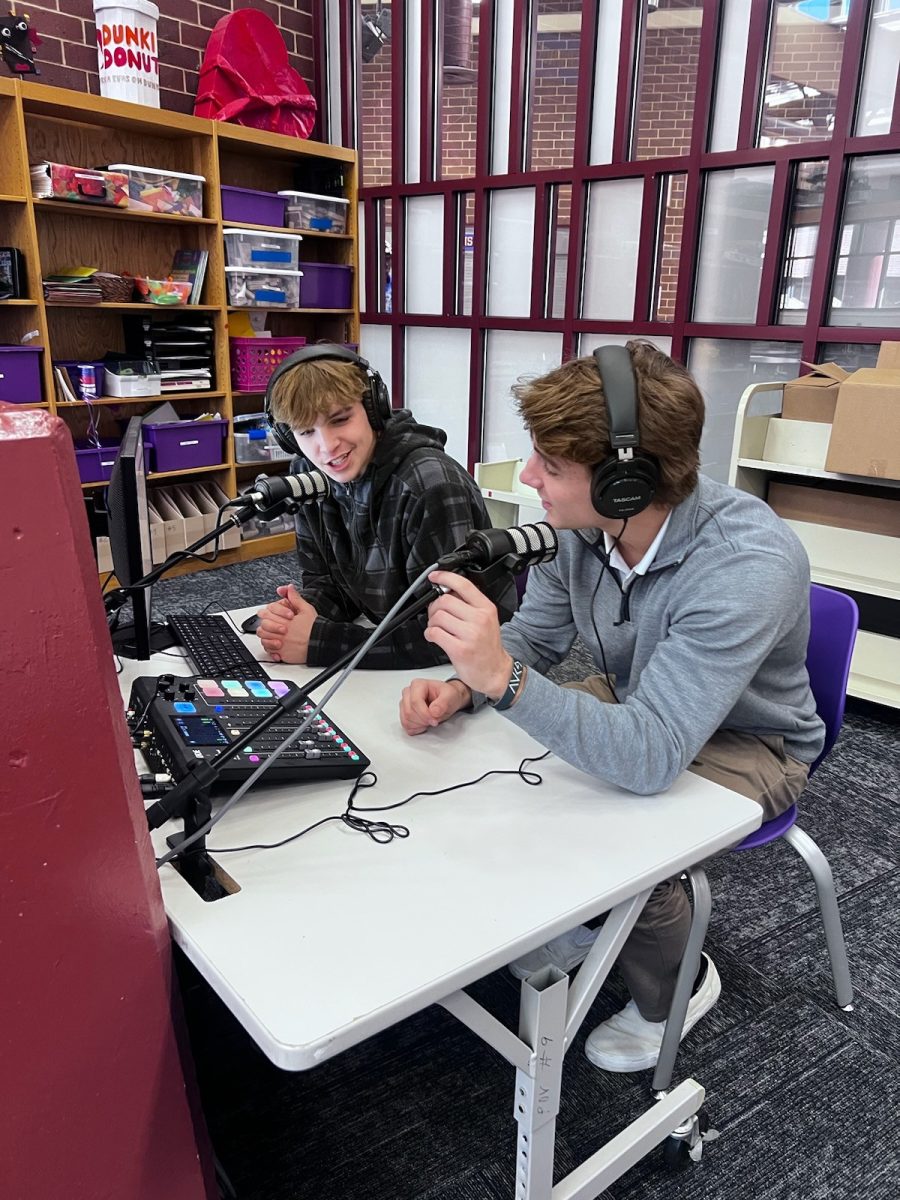In an open-ended survey done by Yale University about the many feelings that come to mind when thinking about high school, the most frequently used word was reported to be “tired”. 58% of students use that exact word to describe the emotion they feel most when thinking about the place in which they gain their education and must learn the basics of young adulthood.
It is no surprise that high school students would rather sleep than study, and it is known that most teens can be caught napping instead of learning. However, despite the incredible amount of evidence that high school students aren’t getting enough sleep, teens continue to be punished for nodding off in class rather than napping being normalized and incorporated into daily school life. Schools must do more to help students, not only gain more sleep but also begin to prosper in schools by including naps in the daily schedule.
Though it may seem unconventional, high schools’ best ways to improve the moods of students may be implementing a short sleeping period into their schedule. “A nap can improve cognitive functions such as memory, logical reasoning, and the ability to complete complex tasks”, according to an expert article written by Jay Summer and Dr. Abhinav Singh.
The Mayo Clinic also concludes that naps can be quite beneficial for those who experience fatigue. Because many teenagers lack the advised amount of sleep they need to grow, schools must be obligated to not only care for a child’s education but also for their health.
Rest is equally important to physical movement; however, it is heavily neglected within school walls. This lack of sleep leads kids to nap in class and neglect their schoolwork instead. This could be predominantly prevented by schools providing a scheduled break or nap times for all students.
The lack of sleep doesn’t only harm students. School Staff continues to struggle with students constantly falling asleep in class, leaving children behind in their school work, and teachers aggravated with the fact that half of their class can’t pay attention.
“I don’t get upset, but just as a teacher, it’s a little like, you know, if you were giving a speech and someone was sleeping… you’d feel like it’s a reflection on what you are doing, whether it is or not,” says Matthew Mitchell, an English teacher who was interviewed about students sleeping in the classroom written by Saahithi Maturi.
Implementing nap times in schools can also benefit students’ ability to complete schoolwork. Napping can increase alertness, improve memory, and help improve a creative mindset according to heart.org.
By allowing students to nap in schools, everybody involved can benefit from all of the merits that sleeping provides. Despite what some may believe, naps are needed to improve the overall school experience.









